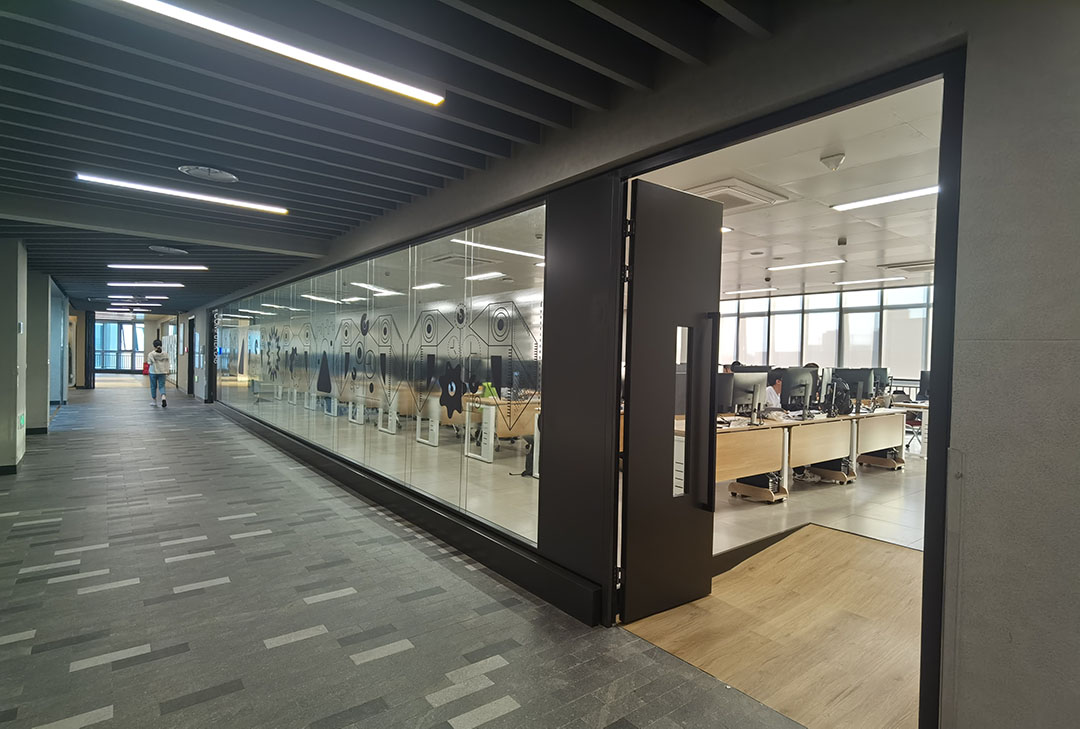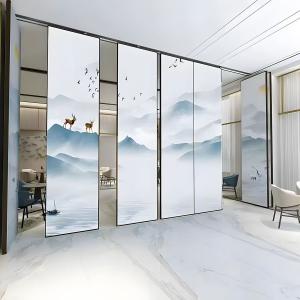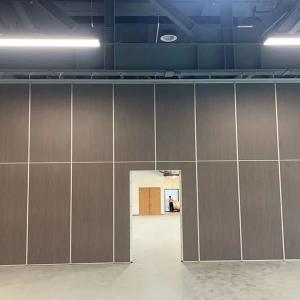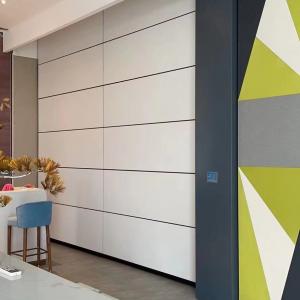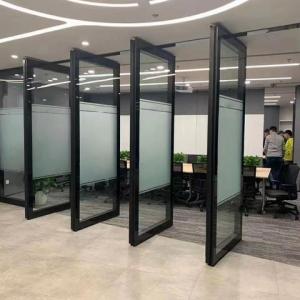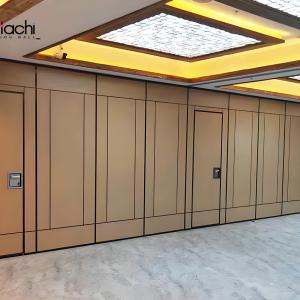In recent years, the design of office spaces has increasingly favored openness and transparency, leading to a surge in the popularity of glass operable partition wall. However, their application has sparked a debate: do Glass Movable Partition Wall for office prioritize appearance at the expense of practicality? Supporters argue that these office Room partition wall enhance spatial perception and foster a collaborative work environment, while opponents express concerns about potential impacts on privacy and concentration. Are glass sliding partition wall an essential component of modern office design, or merely an overemphasis on aesthetics?
First and foremost, it's undeniable that electric glazed operable wall partitions possess a unique visual charm. They maximize the use of natural light, creating a brighter office environment and fostering a clean, efficient work atmosphere. However, this design also raises concerns regarding noise levels and privacy. While some office glass divider partitions incorporate frosted or film-covered options to enhance privacy, many employees and managers still find these solutions insufficient.
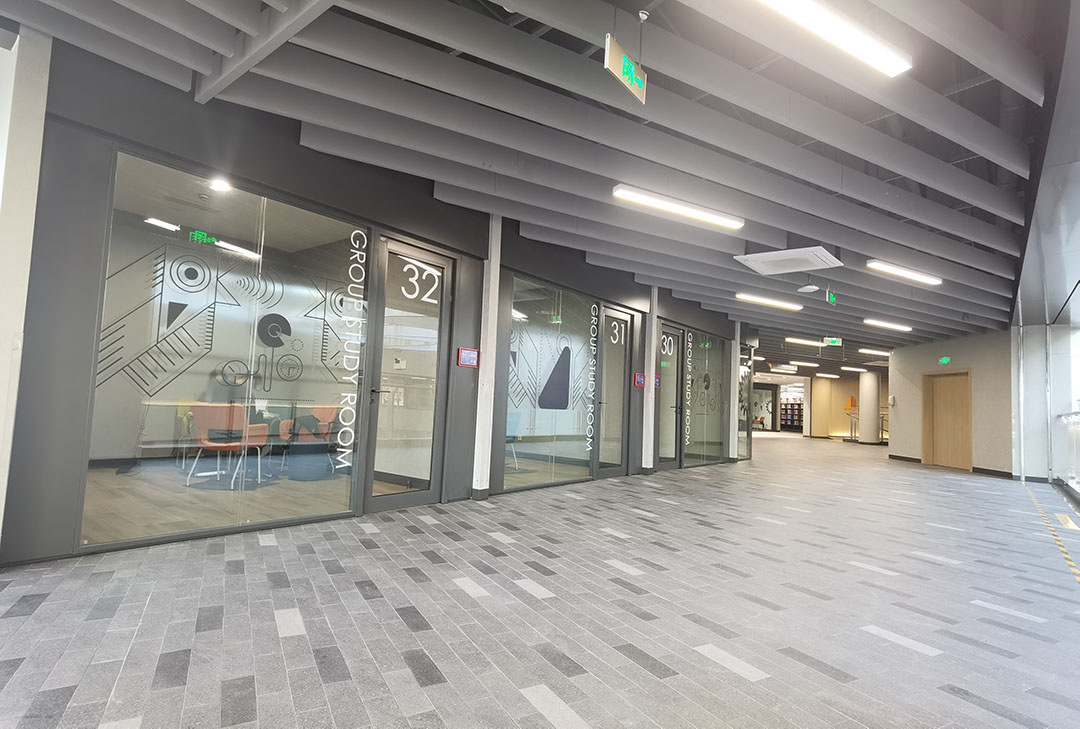
Moreover, it’s important to recognize that sliding folding partitions movable glass walls are not a one-size-fits-all solution. In settings that require quietness or heightened privacy, such as law firms or financial departments, relying solely on glass collapsible partition wall may not be ideal. Additionally, overly open spaces can lead to distractions among employees, ultimately hindering productivity.
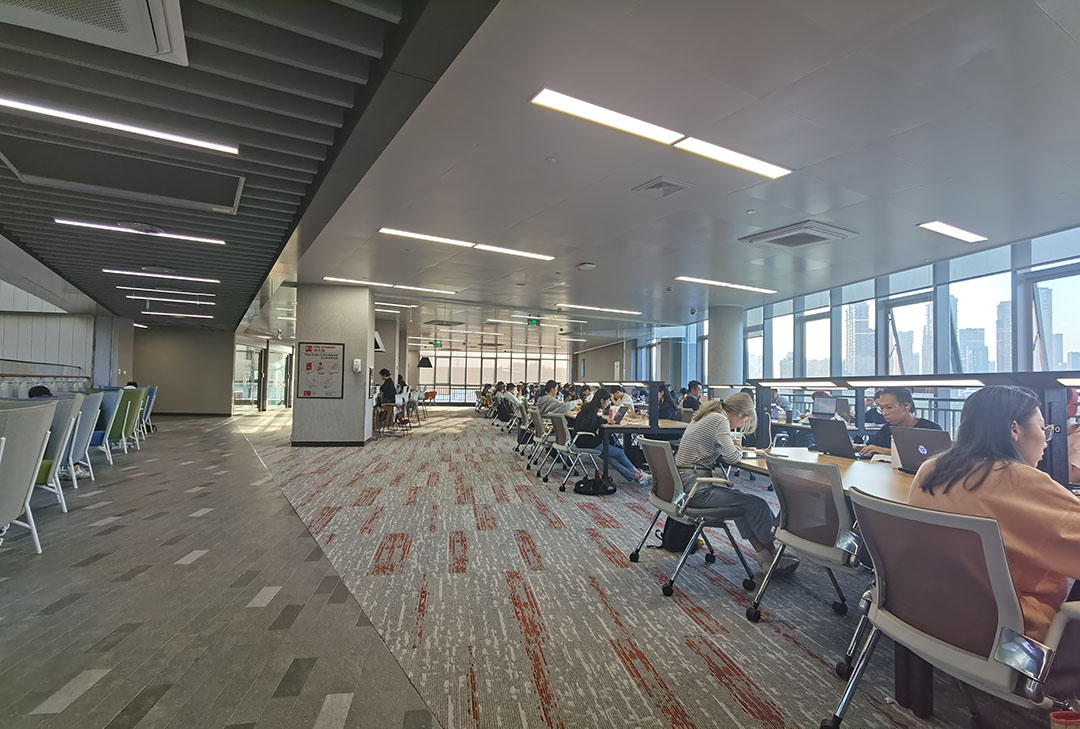
Can we find a middle ground in addressing the concerns surrounding temporary Glass Movable Partition Wall? The answer is yes. One approach is to combine glass room partitions with traditional ones, preserving the open feel while ensuring necessary privacy. Another innovative operable wall solution involves the use of smart glass, which can adjust its transparency based on needs, providing both privacy and an open atmosphere.
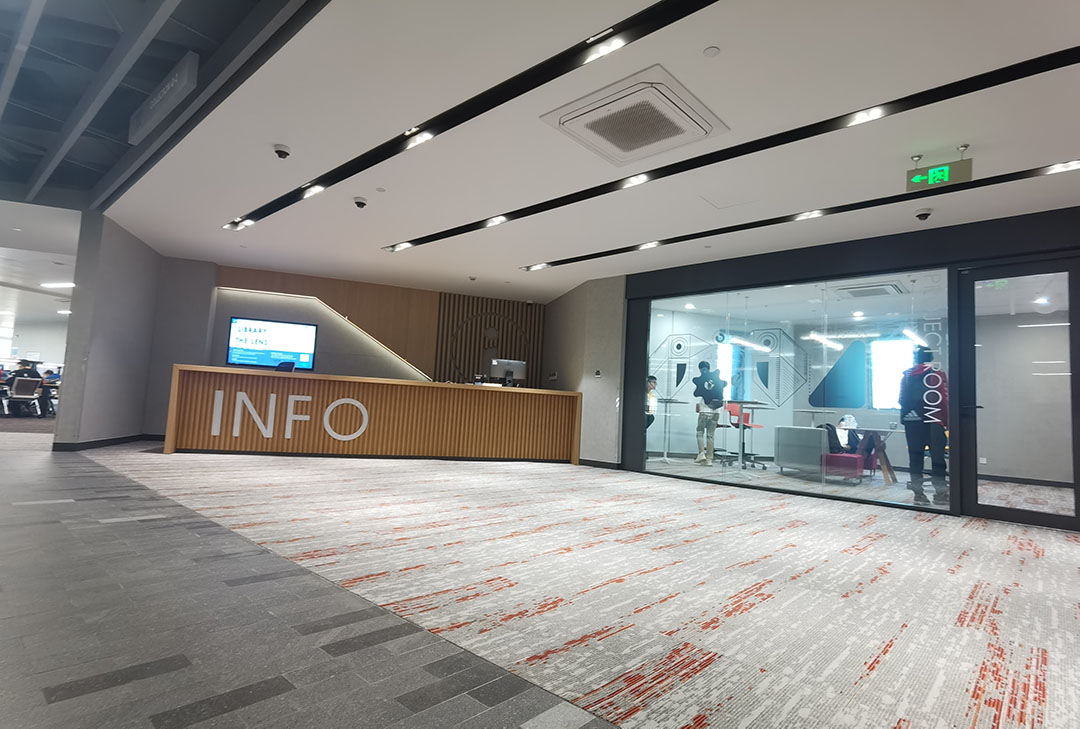
Ultimately, the decision to use glass folding partitions should be grounded in a deep understanding of the nature of the work, employee needs, and corporate culture. A well-informed choice should result from a careful balance of various factors rather than a simple pursuit of aesthetics or current trends. By exploring and seeking this balance, we can create office environments that not only showcase modern aesthetics but also meet the practical demands of the workplace.
